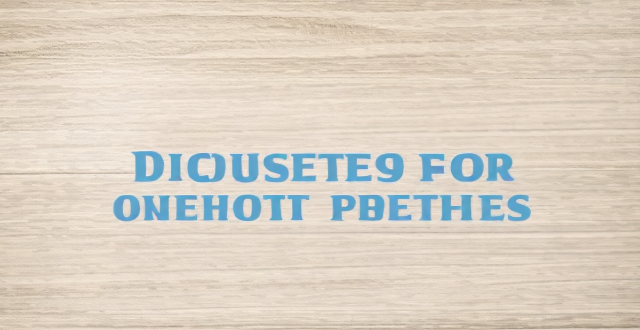The text discusses the possibility of achieving a zero-waste lifestyle, which involves minimizing the amount of waste produced in daily life. It outlines three key steps: reduce, reuse, and recycle. Reducing waste can be done by buying only what is needed, choosing products with minimal packaging, and using reusable containers. Reusing items can involve donating or selling unwanted items, as well as repurposing them. Recycling involves separating recyclable materials from non-recyclable waste and sending them to facilities where they can be processed into new products. While achieving a completely zero-waste lifestyle may not be entirely feasible, making small changes in daily habits can significantly reduce waste production.

Is it possible to achieve a zero-waste lifestyle?
Introduction
Living a zero-waste lifestyle means minimizing the amount of waste we produce in our daily lives. This can be achieved by reducing, reusing, and recycling materials as much as possible. While achieving a completely zero-waste lifestyle may seem daunting, it is possible with some effort and dedication.
Key Points
1. Reduce
The first step towards a zero-wet lifestyle is to reduce the amount of waste we produce. This can be done by:
- Buying only what you need: Avoid impulse buying and purchase items that you actually need.
- Choosing products with minimal packaging: Look for products that come in recyclable or reusable packaging.
- Using reusable containers: Bring your own bags, water bottles, and coffee cups when shopping or dining out.
2. Reuse
Reusing items instead of discarding them is another important aspect of a zero-waste lifestyle. Some ways to reuse items include:
- Donating or selling unwanted items: Instead of throwing away items you no longer need, consider donating or selling them.
- Repurposing items: Find new uses for old items, such as turning an old t-shirt into a rag or using glass jars for storage.
3. Recycle
Recycling is the final step in reducing waste. It involves separating recyclable materials from non-recyclable waste and sending them to facilities where they can be processed and made into new products. To effectively recycle, it's important to:
- Know what can and cannot be recycled: Familiarize yourself with your local recycling guidelines and sort your waste accordingly.
- Properly prepare recyclables: Clean and dry recyclables before placing them in the appropriate bin.
Conclusion
While achieving a completely zero-waste lifestyle may not be entirely feasible for everyone, making small changes in our daily habits can significantly reduce the amount of waste we produce. By focusing on reducing, reusing, and recycling, we can all contribute to a more sustainable future.